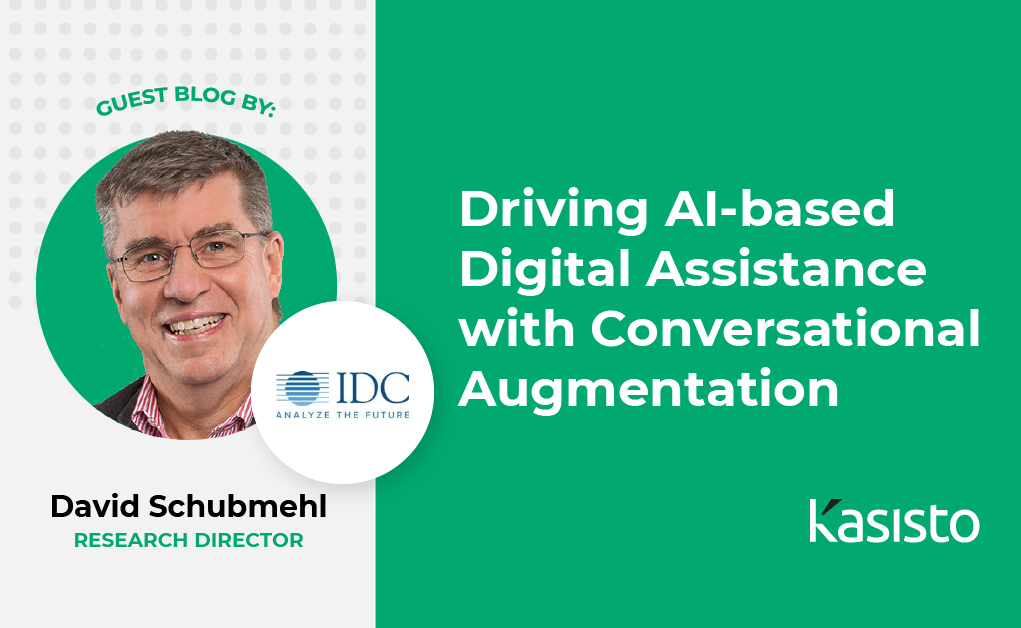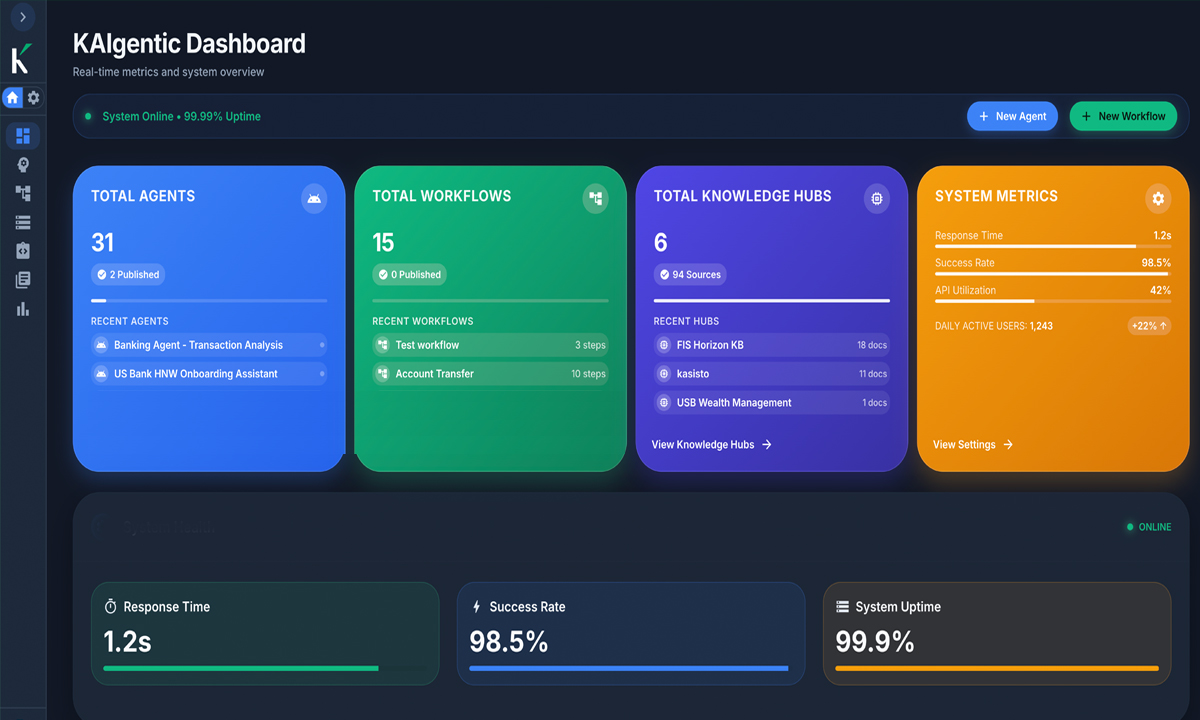Conversational artificial intelligence (AI) (aka virtual assistants or AI-powered chatbots), which provides information, direction, and action through text- or voice-based interaction, has been generating value and return on investment for the last several years in many industries and organizations. Now we stand at the beginning phases of a conversational AI revolution. Advances in deep learning and natural language processing (NLP) have propelled conversational AI technologies to the forefront of many customer service organizations and have even begun to penetrate the world of knowledge workers and front-line workers in industries such as retail, finance, banking, travel, and logistics.
Conversational Augmentation: Digital Assistance for the Customer Service Agent
IDC is beginning to see conversational AI technologies moving beyond simple directive commands (also known as command and control) and simple question and answer scenarios (conversational FAQs) to providing augmentation, recommendations, coaching and general purpose assistance both to the consumer and the customer service agent. IDC calls this “conversational augmentation.”
Conversational augmentation can be thought of as digital assistance for the customer service agent, helping to assist the dialog between the consumer and the customer service agent by providing just-in-time information, answering simple questions directly for the consumer, providing recommendations to the agent while he/she is on the call, and even going so far as to provide the agent with “coaching” on how best to deal with a particular customer service situation.
This dynamic of having conversational augmentation provides a broad range of capabilities for consumers that ranges from an automated customer service agent (ACSA) handling simple interactions automatically, to the ACSA moving the conversation to a human agent for complex tasks and then remaining on the line, listening to the conversation and providing just-in-time information, advice, and recommendations to the customer service agent to solve the customer’s problem as quickly and easily as possible. In some ways, one can think of the chatbot as an online digital assistant helping to accelerate the customer service process and workflow between a consumer and a human customer service agent. With this kind of technology and capability, the customer service agent can dedicate himself/herself to the conversation at hand, leaving the collection of material and information necessary to the potential resolution of the customer service issue up to the chatbot acting as a digital assistant.
The Future of Conversational AI
This is similar in many ways to the automation of business processes over the last 20 years. In numerous organizations, manual processes have been streamlined through automation, transforming businesses and operations across all industry sectors. Conversational AI is embarking on a similar revolution and evolution – the industry is evolving from simple, digital conversations to conversational automation and insight. For example, as shown earlier, a consumer could engage with a human call center representative to discuss or dispute recent transactions on their account, a conversational AI agent could be listening to the conversation and recognizes what information the customer is looking for and before the customer can ask, the conversational AI agent has sent a breakdown of their recent transactions. The future of conversational AI is to go beyond understanding and responding to human conversation and provide information, recommendations, and automation of human requests as a true AI-based digital assistant. Conversational augmentation puts the data into the hand of the customer service agent and the consumer, offering rapid resolution and next-level customer experiences.


